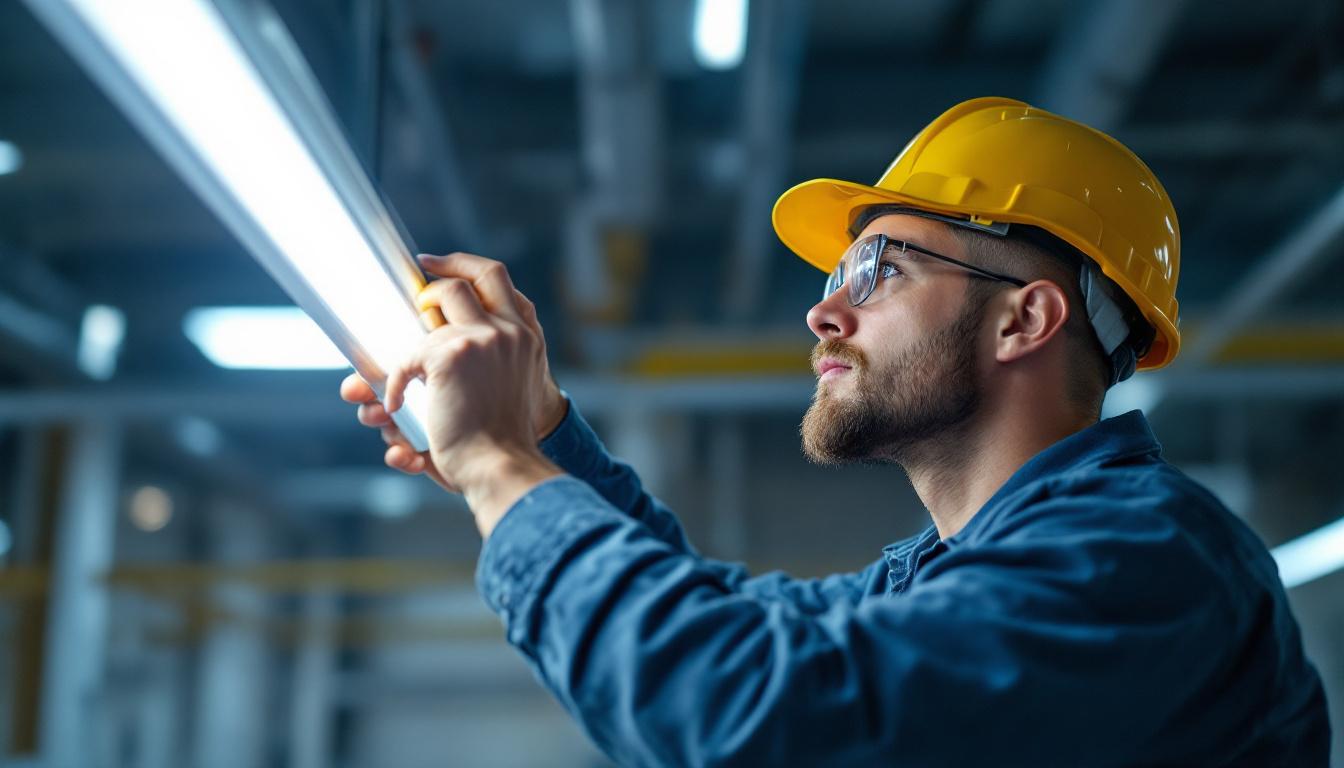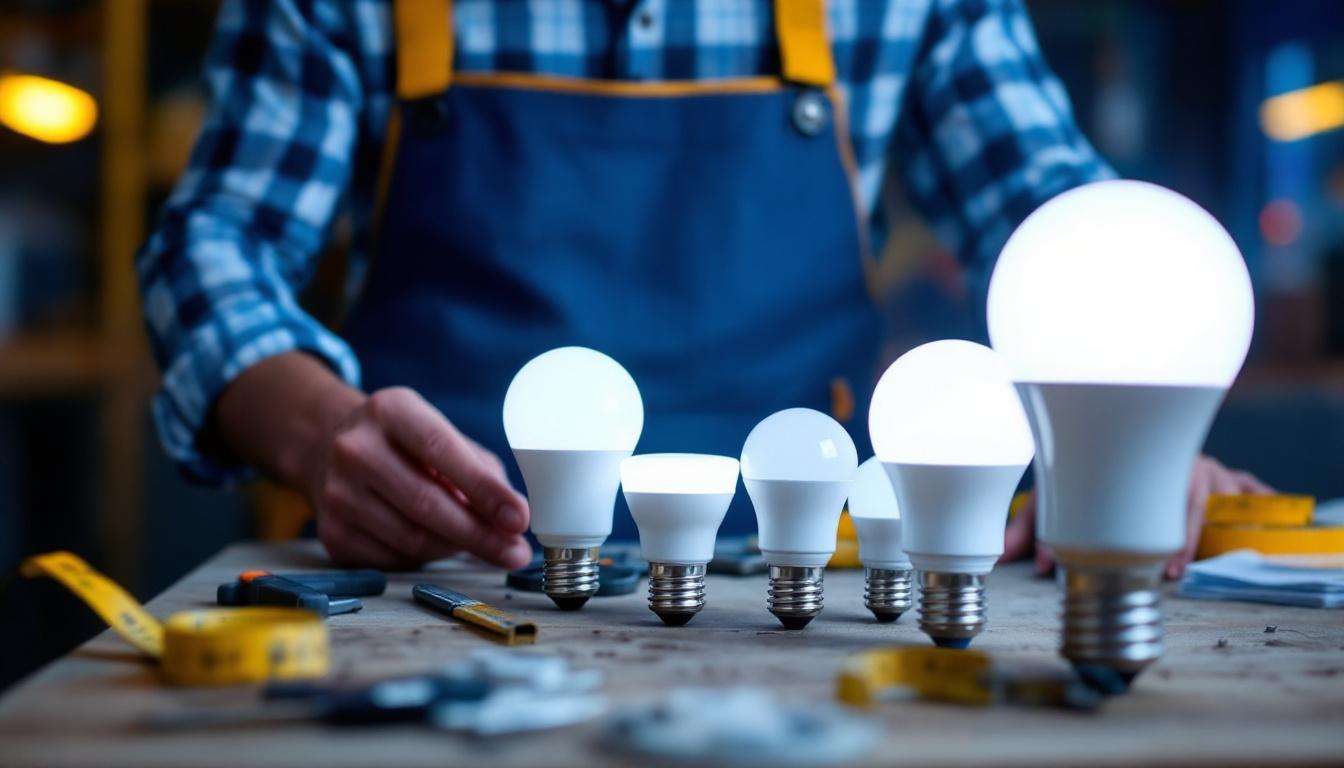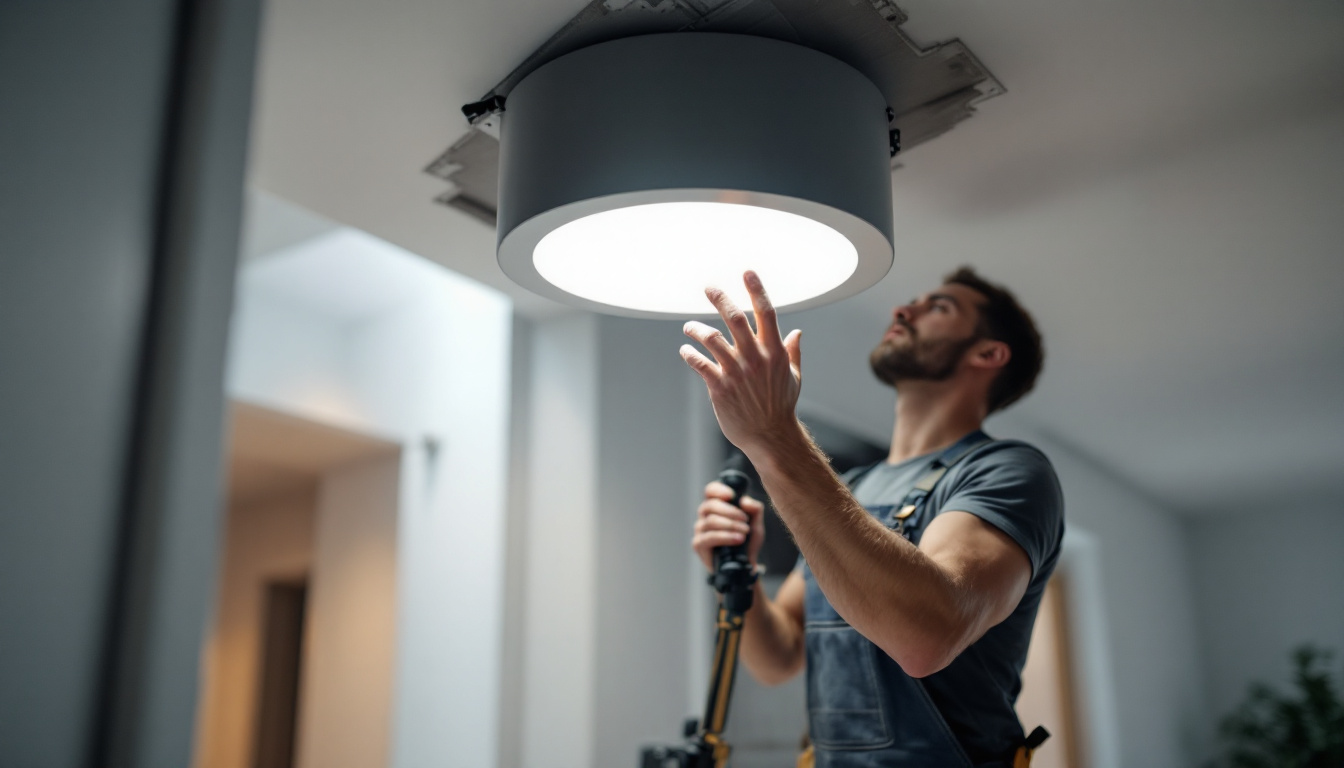
Outdoor lighting plays a crucial role in enhancing the aesthetics, safety, and functionality of outdoor spaces. Luminaire fixtures, specifically designed for outdoor use, come in various styles, types, and functionalities. Understanding these fixtures is essential for lighting contractors who aim to deliver quality installations that meet client expectations.
These fixtures not only illuminate pathways and gardens but also highlight architectural features and provide security. However, the selection and installation of outdoor luminaires can be fraught with challenges. This guide aims to help contractors navigate these potential pitfalls effectively. Additionally, the integration of smart technology into outdoor lighting systems is becoming increasingly popular, allowing for enhanced control and energy efficiency. Smart luminaires can be programmed for different lighting schedules, adjusted remotely, and even synchronized with home security systems, providing both convenience and peace of mind for homeowners.
There are several types of luminaire fixtures available for outdoor applications. Each type serves a specific purpose and is designed to withstand various environmental conditions. The most common types include:
Understanding the different types of luminaires and their intended uses is vital for selecting the right fixtures for specific projects. Moreover, the placement of these fixtures can significantly impact the overall lighting effect. For example, strategically positioning path lights can create a welcoming atmosphere while ensuring safety, while flood lights can be used to deter intruders by illuminating dark corners and blind spots in a yard.
Outdoor luminaires must be constructed from materials that can withstand the elements. Common materials include aluminum, stainless steel, and plastic. Each material has its advantages and disadvantages:
Contractors should consider the specific environmental conditions of the installation site when selecting materials for luminaires. Additionally, the choice of finish can also influence the longevity and appearance of the fixtures. For instance, powder-coated finishes can provide extra protection against UV rays and harsh weather, ensuring that the luminaires maintain their aesthetic appeal over time. Furthermore, opting for energy-efficient LED bulbs can not only reduce energy costs but also extend the lifespan of the fixtures, making them a wise investment for both contractors and homeowners.
Even experienced lighting contractors can encounter challenges during the installation of outdoor lighting fixtures. Awareness of common pitfalls can help mitigate issues and ensure a successful project.
One of the most significant mistakes contractors can make is failing to plan adequately. A thorough assessment of the outdoor space, including its layout, existing features, and intended use, is crucial. Without proper planning, the placement of fixtures may lead to uneven lighting, dark spots, or excessive glare.
Additionally, understanding the local regulations and codes regarding outdoor lighting is essential. Some areas may have restrictions on brightness levels or fixture types, which can impact the overall design. This is particularly important in residential neighborhoods where excessive light pollution can disturb neighbors and wildlife. Contractors should also consider the seasonal changes in the landscape, as certain plants may grow and obstruct light fixtures over time, necessitating adjustments to the lighting plan.
Choosing the wrong fixtures can lead to various issues, including inadequate lighting, increased energy consumption, and frequent maintenance. Contractors should consider factors such as lumen output, beam angle, and color temperature when selecting luminaires.
Moreover, it is essential to match the fixture style with the overall design of the outdoor space. A modern fixture in a traditional garden may look out of place, detracting from the overall aesthetic. Furthermore, the durability of the fixtures should not be overlooked; materials that can withstand harsh weather conditions, like corrosion-resistant metals or UV-resistant plastics, will ensure longevity and reduce the need for replacements. It’s also beneficial to evaluate the intended use of the space—pathways, patios, and gardens may require different types of lighting to enhance their functionality and safety.
Electrical safety is paramount in outdoor lighting installations. Contractors must ensure that all wiring is rated for outdoor use and that connections are properly sealed to prevent moisture intrusion. Failure to do so can lead to electrical hazards, including short circuits and fire risks.
Additionally, considering energy-efficient options, such as LED fixtures, can reduce energy consumption and lower utility costs for clients. Understanding the electrical load and ensuring that circuits are not overloaded is also critical. Beyond just the immediate installation, contractors should educate clients on the benefits of smart lighting controls, which can enhance energy efficiency and provide convenience through features like timers and motion sensors. This not only improves safety but also adds a layer of sophistication to the outdoor space, allowing homeowners to customize their lighting based on their lifestyle and preferences.
To avoid common pitfalls and ensure successful outdoor lighting installations, contractors should adhere to best practices throughout the project lifecycle.
A comprehensive site assessment is the foundation of any successful outdoor lighting project. This assessment should include evaluating the landscape, identifying key features to highlight, and considering the intended use of the space during different times of day.
Contractors should also take note of potential obstacles, such as trees or structures that could obstruct light. Engaging with the client to understand their vision and preferences is equally important, as it helps tailor the lighting design to their needs. Additionally, assessing the local climate and environmental factors can influence fixture selection; for instance, areas prone to high winds may require sturdier mounts or fixtures designed to withstand harsh conditions.
Once the site assessment is complete, developing a detailed lighting plan is essential. This plan should outline the placement of fixtures, the types of luminaires to be used, and the overall design concept. Using software or design tools can help visualize the lighting layout and make necessary adjustments before installation.
Incorporating dimmers or smart controls can also enhance the functionality of the lighting system, allowing clients to adjust brightness levels based on their preferences and activities. Furthermore, considering energy-efficient options, such as LED fixtures, not only reduces electricity consumption but also extends the lifespan of the lighting system, providing long-term savings for the client. It’s also beneficial to educate clients about the benefits of energy-efficient lighting, which can enhance their overall satisfaction with the project.
Quality installation is crucial for the longevity and effectiveness of outdoor lighting fixtures. Contractors should follow best practices for mounting fixtures securely and ensuring proper alignment. Additionally, all electrical connections must be made with care to prevent future issues.
Testing the lighting system before completing the project is also essential. This allows contractors to make adjustments as needed and ensures that the lighting meets the client’s expectations. Moreover, providing a thorough walkthrough with the client post-installation can help address any concerns and demonstrate how to operate the system effectively. Educating clients on maintenance practices, such as regular cleaning of fixtures and checking for any obstructions, can further enhance the performance and aesthetic appeal of the lighting installation over time.
Even the best-installed outdoor lighting systems require regular maintenance to ensure optimal performance and longevity. Understanding maintenance needs can help contractors provide ongoing support to clients.
Contractors should recommend routine inspections of outdoor lighting systems to identify any issues early on. This includes checking for burnt-out bulbs, damaged fixtures, and any signs of wear and tear.
Regular inspections can help prevent more significant problems down the line and ensure that the lighting system remains functional and aesthetically pleasing.
Outdoor luminaires can accumulate dirt, debris, and weather-related grime over time. Contractors should advise clients on the proper cleaning techniques for their specific fixtures. For example, glass fixtures may require gentle cleaning solutions, while metal fixtures may need protective coatings to prevent corrosion.
Providing clients with a maintenance schedule can help them keep their outdoor lighting systems in top condition, enhancing their longevity and performance.
Luminaire outdoor lighting fixtures are essential for creating beautiful, functional, and safe outdoor spaces. By understanding the different types of fixtures, avoiding common pitfalls, and adhering to best practices, lighting contractors can deliver exceptional results that meet client expectations.
With careful planning, proper fixture selection, and ongoing maintenance, contractors can ensure that their outdoor lighting installations stand the test of time. By prioritizing quality and attention to detail, contractors can build a reputation for excellence in the outdoor lighting industry, ultimately leading to satisfied clients and successful projects.
Ready to elevate your outdoor lighting projects with fixtures that promise beauty, functionality, and durability? Look no further than LumenWholesale for a vast selection of spec-grade lighting products at unbeatable wholesale prices. Our commitment to quality and affordability ensures that you can deliver exceptional results to your clients without breaking the bank. Say goodbye to local distributor markups and hello to hassle-free bulk buying with free shipping. Take the next step in mastering outdoor lighting installations and Wholesale Lighting at the Best Value with LumenWholesale, where quality meets convenience.

Discover the essentials of T5 lighting in this insightful guide tailored for lighting contractors.

Discover the essential guide to LED lamp sizes with our comprehensive checklist tailored for lighting contractors.

Discover essential tips and common mistakes to avoid when installing recessed lighting housing.

Discover how lighting contractors can enhance their business operations and profitability with strategic DLC listings.